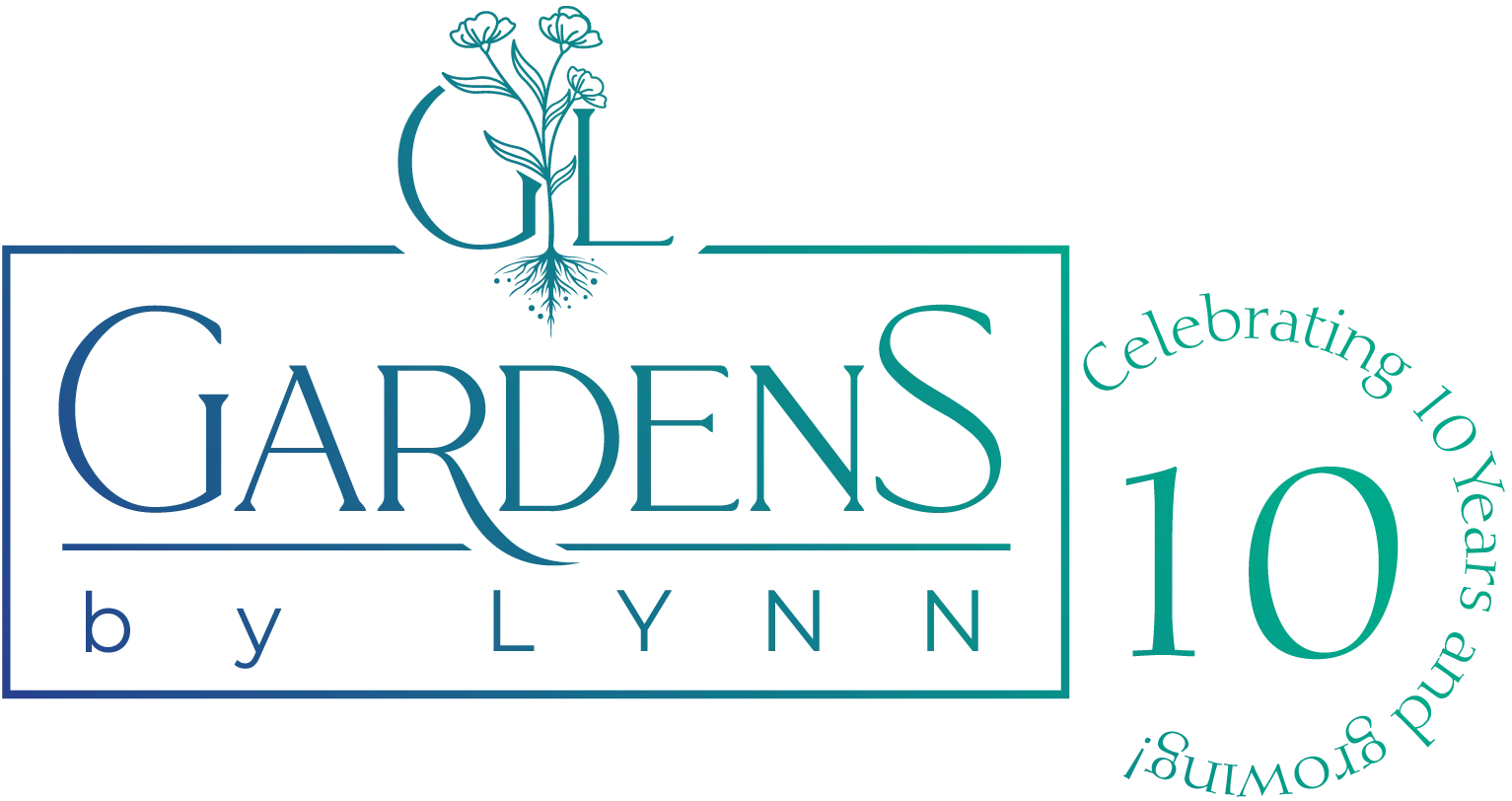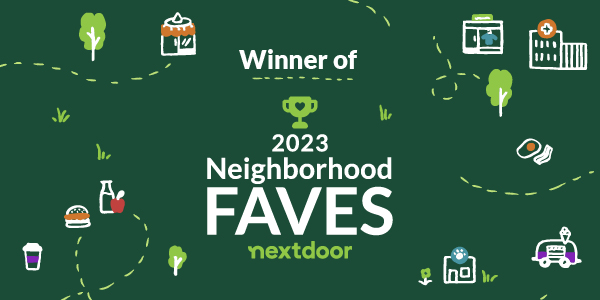Shade Gardens More the Just Hostas!
When we think of great plants for the shade, usually hostas come to mind right away. Hostas are a staple in many Minnesota gardens. They are easy to grow, come in many varieties and can be split and transplanted easily with little or no damage to the plant.
But there are more shady options available. When doing your research on plants for your shady haven, make sure you cross reference them with deer and rabbit resistant plants if you have those garden chompers in your yard! Hostas, while great for the shade, are a favorite of deer!
Next, it helps to understand the terms used when looking for plants. Labels will sometimes have the terms below to explain how much shade (or sun) each plant needs.
Shady Terms
Shade gardens can be plenty cheerful, whether you use flowering plants or foliage plants. Before buying the plants, you should learn the terms associated with a “shaded” area and, more specifically, an area that is “partially” shaded.
- Shady vs. sunny locations: “Full sun” is considered six or more hours of direct sunlight a day. If a location receives anything less than six full hours of direct sunlight, then, it is considered a shady location.
- Full shade: If it does not receive three hours of direct sunlight each day the area is deemed to be in “full shade.”
- Partial sun or partial shade. This is a tricky one! An area receiving three to four hours of sunshine is said to be in “partial shade,” while one receiving five to six hours is in “partial sun.”
Here is a list of plants you can use in shady locations:
Perennials
- Ajuga
- Astilbe
- Bergenia
- Bleeding Heart
- Brunnera
- Columbine
- Ferns
- Goat’s Beard
- Hellebore
- Joe Pye Weed
- Ladies Mantle
- Lenten Rose
- Ligularia
- Lungwort
- Meadow Rue
- Monkshood
- Pulmonaria
- Snakeroot
- Solomon’s Seal
- Toad Lily
- Turtlehead
- Vinca
Shrubs
- Annabelle Hydrangea
- Arborvitae
- Boxwood (evergreen)
- Bush Honeysuckle
- Chokeberry
- Dwarf European Viburnum
- Garden Glow Dogwood
- Hemlock (evergreen)
- Northern Lights Azaleas
- Pagoda Dogwood
- Tiger Eye Sumac
- Yew (evergreen)
Annuals
- Begonia
- Browallia
- Caladium
- Coleus
- Fuchsia
- Garden Balsam
- Impatiens
- Lobelia
- Nemesia
- New Guinea Impatiens
- Sweet Potato Vine Torenia
SOURCE: The Spruce and Country Living Magazine
Better Homes and Gardens, February 22, 2023






